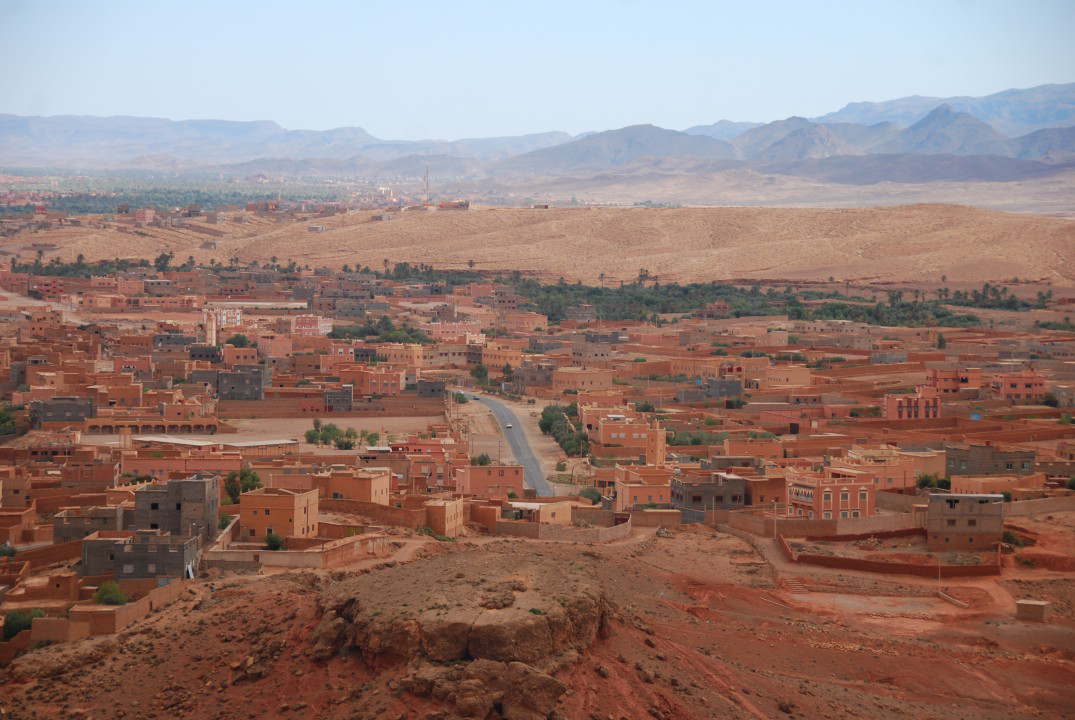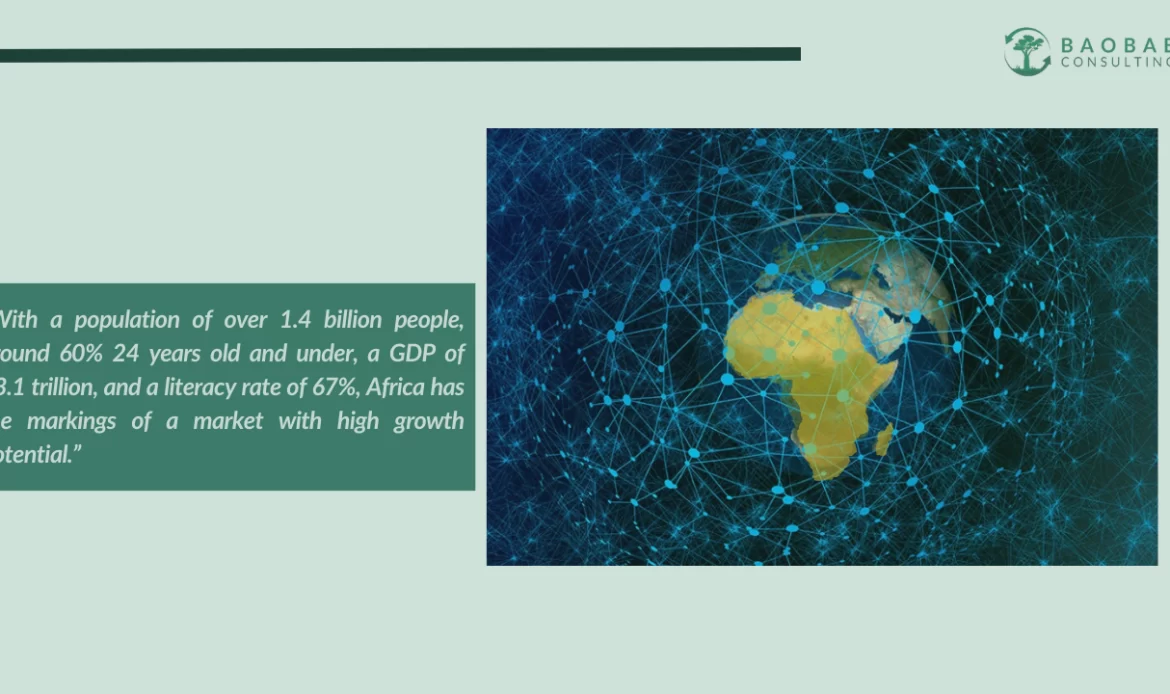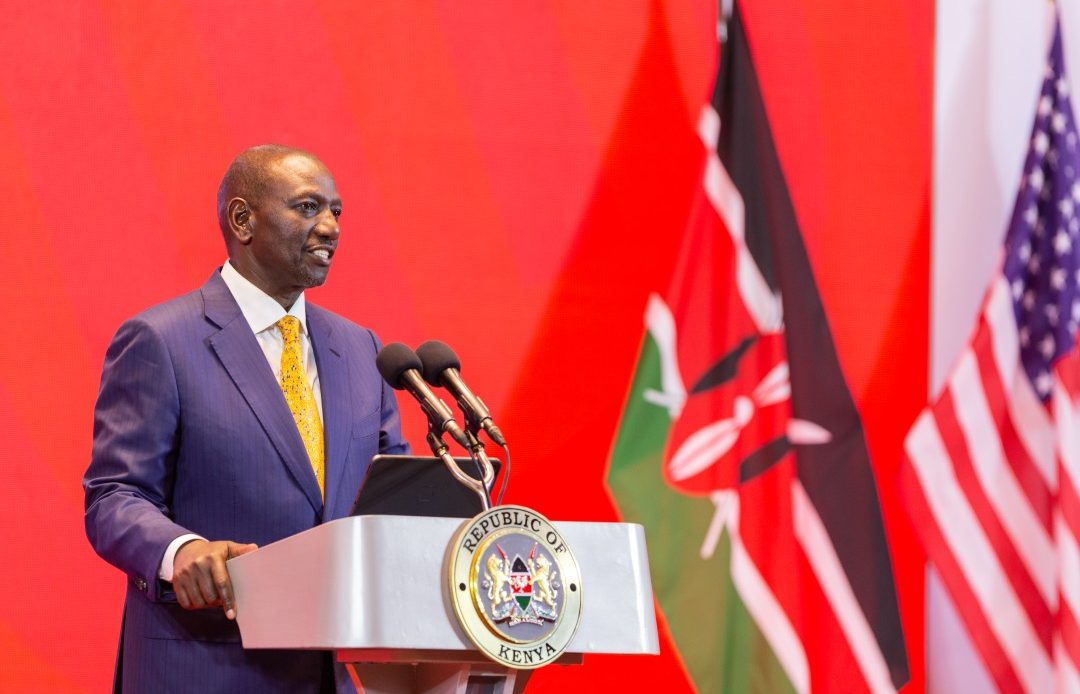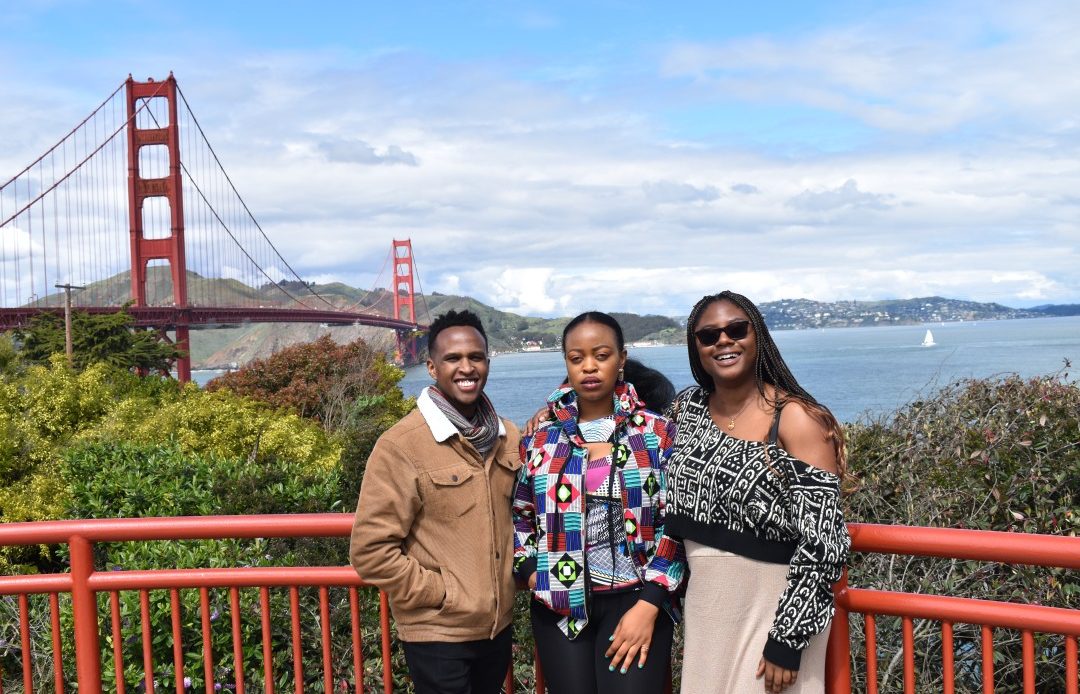By: Evelyn Dan Epelle
The urgency to address climate change has produced a surge in media activity aimed at disseminating crucial climate communication. (See Evelyn’s previous writing on securing climate change justice for Africa through advocacy and impactful public policy interventions). As the world confronts the environmental degradation and socio-economic downturn caused by climate change, it is crucial to emphasize the need for accessible climate communication.
Around the world, scientific research and communication are predominantly produced in English. The world’s top five most-spoken languages are Mandarin Chinese, Spanish, English, Hindi, and Arabic. English is the primary language for international agreements and policy discussions related to climate change, and many influential reports, publications, and conferences on climate change are notably conducted in English. Thus, critical climate information has become out-of-reach for non-English speakers and readers who receive and assimilate communication in their indigenous languages.
Language as a crucial aspect of culture can become exclusionary. An example is how pertinent climate adaptation and mitigation information have become increasingly inaccessible to indigenous populations. Indigenous people, who have long been stewards of their lands and ecosystems, possess unique knowledge, perspectives, and cultural practices that can also contribute significantly to successful global climate action.
Indigenous climate communication based on indigenous-led climate information is essential for sustainable development and for enhancing our collective response to the climate crisis.
The Framing of Communication as Culture
In the classic text ‘Communication as Culture,’ American communication theorist James Carey maintains that communication is not merely the transmission of information but a link that draws people together into the semblance of a community. In the context of climate change, communication as culture asserts that research and development of global solutions to the climate crisis must leverage indigenous knowledge and be accessible to indigenous people.
As the world navigates very complex challenges posed by climate change, it has become apparent that economic and social strain in indigenous communities worldwide is synchronous. The world has become a community of people seeking diverse solutions to the same issues in different contexts.
According to the United Nations Conference on Trade and Development (UNCTAD), African and Latin American countries are the ‘least prepared’ to harness frontier technologies in a ranking of 166 countries worldwide. This is based on analyzing 17 modern innovations that measure preparedness for the green technology transition. Using inclusive communication as a tool, climate change stakeholders in the Global South can socialize their indigenous climate solutions into globally-relevant and contextually-adapted approaches for inclusive innovation.
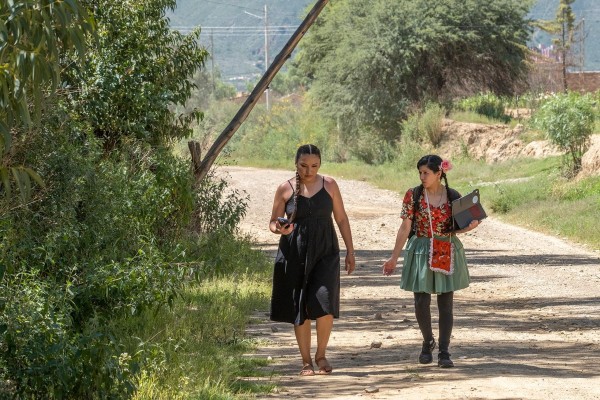
“Everyone everywhere is staring down at the same reality. Food sovereignty and survival are already threatened by climate change. This year, staple potato crops failed for farmers in indigenous Andres, including my family”, Shana Inofluentes, a principal at an indigenous consulting and creative firm, stated. She discussed the similarity in experiences between Bolivian farmers coping with drought and rural, Sub-Saharan African smallholder farmers facing detrimental flooding.
Climate issues manifest similarly in different geographies. Three or more regions or countries with similar characteristics have an opportunity to align on climate-related projects, and there are payoffs for doing so. For example, the impact of climate change on agricultural yield in Bolivia mirrors the stress and strains that many farmers in Nigeria face to guarantee food security. Bolivian and Nigerian farmers have an opportunity to exchange indigenous resources and knowledge to maximize their collective ability to ensure food security. By bringing representatives from both contexts into a conversation, climate change stakeholders can benefit from co-creating innovative global solutions to local problems like drought and flooding of farmlands.
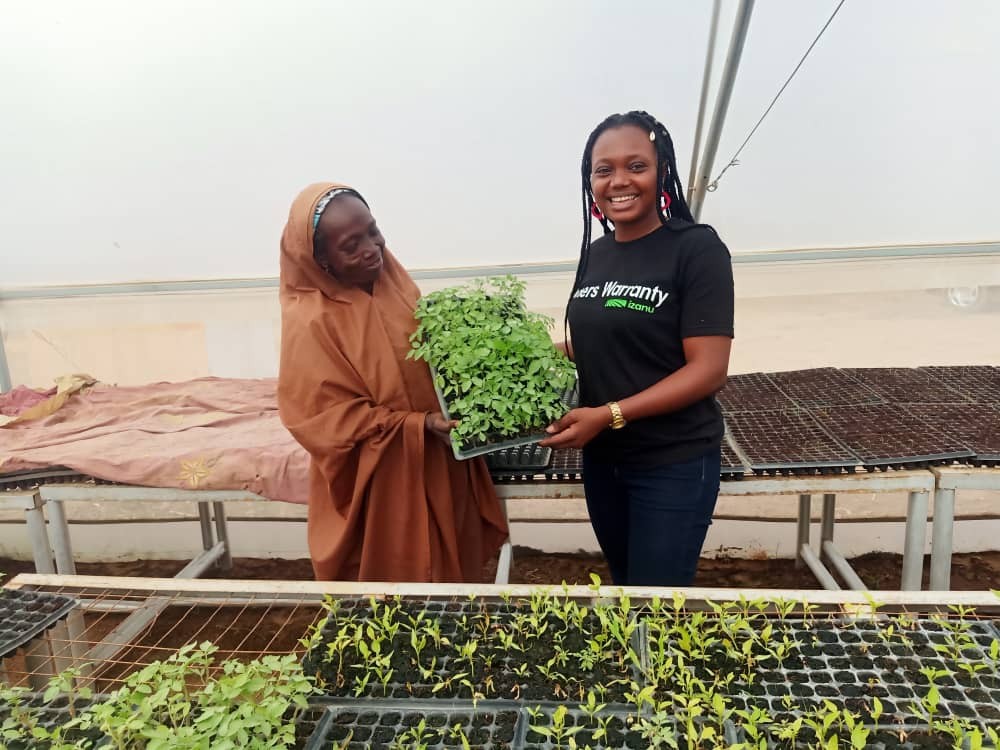
“There’s a self-perpetuating and harmful narrative that indigenous people are ignorant and need help from outside. We must make clear in climate communication that help is needed to assert that the developed world industrialized agriculture in a way that caused today’s climate issues”, Comfort Onyaga, a climate change entrepreneur says about media narratives in Nigeria that frame climate communication as a form of aid. She posits that indigenous climate communication is not just for instructing people in hard-to-reach communities but also for expanding consciousness in the global community to spark inclusive innovation.
Accessible solutions require co-creation and inclusive practices absent in today’s global climate communication. The primary barriers to achieving this include:
- Language: When the default lingua franca for global climate communication is English, indigenous knowledge is excluded because indigenous populations do not speak English.
- Cultural misinterpretation: Cultural differences can create a barrier to effective collaboration. Some audiences can misinterpret indigenous knowledge and communication practices.
- Western-centric perspectives: Failing to acknowledge and incorporate indigenous perspectives can perpetuate colonial biases and hinder effective communication.
- Limited access to technology: Some indigenous communities may need more access to modern communication tools to increase their participation in global climate discussions.
- Power dynamics: Existing power imbalances between the Global North and Global South can make it challenging for indigenous communities to assert their ideas.
- Historical trauma and distrust: Past negative experiences with outsiders may lead to skepticism and reluctance to share indigenous knowledge.
- Geographical isolation: Remote locations of indigenous communities can make it challenging to foster participation in broader conversations about accessibility and inclusion.
Addressing these barriers requires an intention to embrace communication as culture. Climate change stakeholders in the Global North must learn to approach discussions with empathy and cultural sensitivity to ensure active engagement that improves co-creation and collaboration with indigenous communities. This will ensure the meaningful involvement of the Global South in developing innovative solutions to climate change.
The importance of indigenous climate communication is inherent in the knowledge it provides for inclusive innovation and the access it affords for sustainable growth and development.
Case Studies: Accessible Climate Communications for Indigenous Populations
How do we make climate solutions more indigenous and accessible? To start, we must shift our perspective on climate communication from a tool for empowering local communities to one about untapping the inherent power in local communities. A closer look at impactful climate actions like the work done by Shana Inflountes in Bolivia and Comfort Onyaga in Nigeria helps provide a framework for enabling inclusion and access to climate communication for indigenous populations.
Indigenous art activist Shana Inofuentes founded Ch’ama Native Americas LLC as an indigenous consulting and creative firm committed to restoring Indigenous Bolivian people throughout the Americas. Headquartered in the capital of the United States, Ch’ama creates bridges across the hemisphere to connect the largest known diaspora, the Andean Quechua community in Washington D.C., to global, homeland, and diaspora opportunities. Through cultural guidance, research design, translation, and interpretation services, Ch’ama helps stakeholders from the Global North work respectfully with the Aymara people.
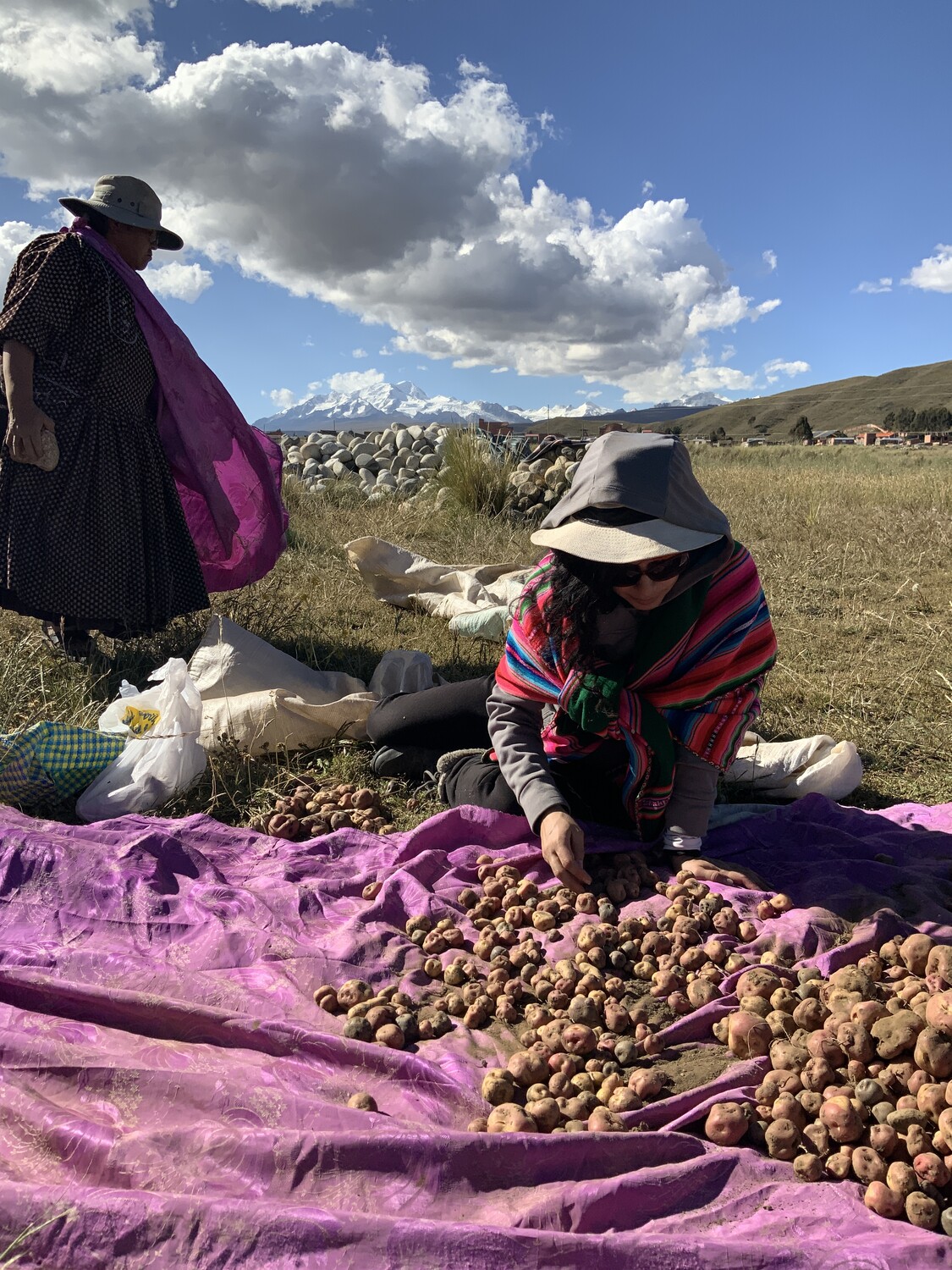
In December 2022, rains in the high Andes of Bolivia failed to arrive. By May of 2023, at the time of harvest, the grim verdict became apparent; the climate disaster had brought about the widespread failure of staple crops for indigenous Andean subsistence farmers. Shana utilized her understanding of local needs to identify relevant climate change and food security information from the Global North. This data was synthesized and translated into Andean languages, making it more accessible. Cha’ma provides translation services in the indigenous Andean languages disseminated as audio content to promote food security.
“A crucial aspect of developing climate change communication materials for the Andes population is that it must be primarily audio. Our Indigenous language speakers, in large part, do not read their languages. Communication will only have an impact here if audio is used. Thankfully, radio stations are interested in disseminating our materials on air,” Shana says of her work as founder of Ch’ama. Multilingual creative products developed by Ch’ama in Aymara, Quechua English, and Spanish languages are helping indigenous populations remain connected to global information flows on climate change.
This complex issue of diversity is also apparent in Nigeria, where over 200 million people are native to more than 700 indigenous languages. Founded by Comfort Onyaga, Izanu Africa is a climate change and food security startup in Nigeria that provides context-specific tools co-created for indigenous farmers. Izanu‘s agro-insurance helps farmers protect investments and build resilience against the devastating shocks of climate change and other agricultural risks.
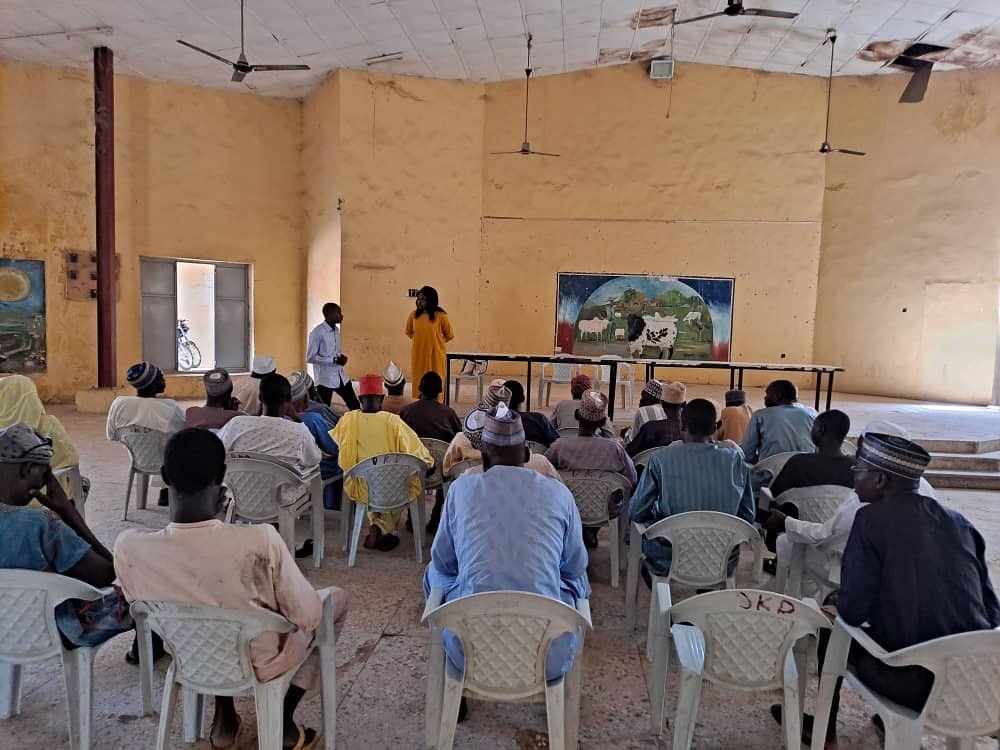
“Over 70 percent of subsistence farmers in Nigeria who are most impacted by climate change do not have access to sufficient information and tools to help them mitigate and adapt to climate change. Even when they do, these resources are unavailable in our indigenous languages. They are often jaded about the information they receive because it is presented as text in English,” Comfort says of her experience engaging farmers in Adamawa, Jigawa, Kano, Nassarawa, Cross Rivers, and Oyo states. Izanu’s initiative to provide accessible information for indigenous subsistence farmers in West Africa stems from this realization.
In 2022, institutions like the Natural Resource Governance Institute (NRGI) and Shehu Musa Yar’Adua Foundation in Nigeria facilitated training to bring awareness to the Nigerian National Policy on Climate Change. Although this policy is in place, many states in Nigeria still need a strategic framework for its implementation or diffusion into local communities. Comfort Onyaga sees this gap and has aligned with global partners like Shana Inofluentes to develop accessible climate mitigation and adaptation content for indigenous farmers in the Andes and West African communities.
There’s an urgency to develop indigenous solutions for subsistence farmers. “If you are trying to serve a community, you have to get them involved in what you are trying to achieve and understand what they need,” says Dr. Yemisi Akinbobola, a senior lecturer at Birmingham City University who asserts the power of community in a related profile personality interview. The expected behavioral change is the mass adoption of climate adaptation practices across most affected communities.
Domestication of climate solutions in the Global South tailored to local language and educational level will help raise awareness and drive the adoption of innovative ideas worldwide. Comfort and Shana’s work to present critical and creative climate change information in an accessible format for indigenous people is a vital step toward inclusive climate action.
Enhancing Collective Response to the Climate Crisis
Indigenous climate communication is a matter of justice and human rights. To close the communication gaps between people from different cultural backgrounds, language must be leveraged to provide access to innovative ideas for indigenous populations. The case studies from Bolivia and Nigeria presents some central themes for climate change stakeholders seeking to co-create climate-related solutions:
- Cultural Knowledge and Traditional Wisdom: Indigenous communities have developed intricate relationships with their environments over centuries. Their traditional knowledge and wisdom encompass a deep understanding of the local ecosystems, weather patterns, and natural resources. Indigenous climate communication can help preserve and promote this invaluable wisdom, ensuring it is integrated into climate change mitigation and adaptation strategies.
- Local Contextualization and Adaptation: Indigenous peoples often reside in geographically diverse areas, ranging from arctic regions to rainforests, coastal areas, and deserts. They can provide context-specific insights into the local effects of climate change, including shifts in migration patterns, changes in wildlife behavior, and altered farming seasons. By incorporating these localized perspectives, policymakers and scientists can tailor climate solutions to specific ecosystems and enhance their effectiveness.
- Community Engagement and Empowerment: By amplifying indigenous voices, global climate communication will contain the perspectives and needs of marginalized communities. Climate change often disproportionately affects indigenous peoples due to their limited access to resources and opportunities. Indigenous-led climate communication can foster community engagement and empower local communities to participate in climate action actively.
- Interconnectedness and Intergenerational Learning: By translating indigenous knowledge into various languages, we can enable collaboration to transfer knowledge from one community to another, thereby establishing interconnectedness. This form of learning guarantees the continuity of indigenous climate communication from one generation to another.
- Media Trade and Innovation: To publish in diverse languages and multimedia forms for broader dissemination of climate adaptation and mitigation resources, stakeholders will need targeted investments and innovation in climate communication tools. This will involve financing service delivery and technology for translation, transcription, dubbing, and adaptation of a single communication product into diverse multimedia formats.
Conclusion
As the world navigates the complex challenges of climate change, indigenous climate communication can transform our collective response to the climate crisis. Insufficient representation of indigenous voices in global discussions can marginalize perspectives from the Global South and inhibit genuine inclusion.
Recognizing and respecting indigenous voices and their cultural contributions is thus essential for building global communities that ensure a sustainable and resilient future for all.
Climate action will become more effective by integrating indigenous knowledge, adapting to local contexts, promoting sustainable practices, empowering communities, and fostering intergenerational learning. Indigenous climate communication is vital in shaping our collective response to the climate crisis using equitable climate solutions. Language is an essential tool, but we must recognize it as a channel of communication, not a tool for marginalization.
About the Author:
Evelyn is a multimedia journalist at KAFTAN TV and sustainable development professional with 7+ years of interdisciplinary and cross-cultural communication research expertise. Specialized in offering public policy analysis to audiences within and outside of government, Evelyn has a proven track record of successful high-level stakeholder engagement in Africa and the African diaspora. She holds a Master’s in Communications, Culture, and Technology (CCT) from Georgetown University. At Baobab Consulting, Evelyn serves as Catalyst and helps drive social impact through digital media content production and multicultural communication programming for non-governmental and international organizations.

